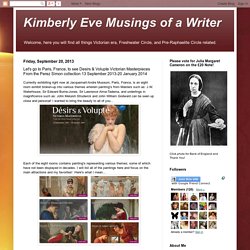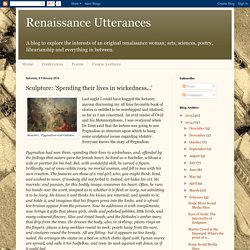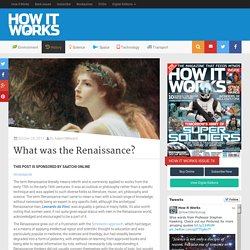

JEFF BARK. Jeff Bark‘s ‘Abandon’ photo series re-examines the relationship between painting and photography.

The images are rich tableaux – influenced by the Dutch, Flemish and Italian Renaissance masters – made up of pictorial allegories in which the nudes seem caught in limbo, not quite present. Rather they seem caught, trapped, abandoned. Each picture is painstakingly composed with Bark laboriously constructing details and tensions in each scenario in order to draw out the individual abandon of each model. The photo is taken on a large format camera with a long exposure time in order to capture moments of past, present and future. And like the masters of the Renaissance the lighting is crucial, meticulously worked on – manually not digitally – until such a point that the picture is illuminated in a soft light, a glow that gives an incredible sensuality to the composition.
Renaissance Sculpture from Florence and Rome. Seven.jpg (JPEG Image, 559 × 500 pixels) The_roses_of_heliogabalus-large.jpg (JPEG Image, 1000 × 655 pixels) Currently exhibiting right now at Jacquemart-Andre Museum, Paris, France, is an eight room exhibit broken-up into various themes wherein painting's from Masters such as: J.W.

Waterhouse, Sir Edward Burne-Jones, Sir Lawrence Alma-Tadema, and underlings in magnificence such as: John Meluish Strudwick and John William Godward can be seen up close and personal! I wanted to bring the beauty to all of you... Paint. Last night I could have hugged the lecturer; anyone discussing my all time favourite book of stories is entitled to be worshipped and idolised, as far as I am concerned.

An avid reader of Ovid and his Metamorphoses, I was overjoyed when Dr Dent said that the lecture was going to use Pygmalion as structure upon which to hang some sculptural issues regarding idolatry. Everyone knows the story of Pygmalion: Pygmalion had seen them, spending their lives in wickedness, and, offended by the failings that nature gave the female heart, he lived as a bachelor, without a wife or partner for his bed. But, with wonderful skill, he carved a figure, brilliantly, out of snow-white ivory, no mortal woman, and fell in love with his own creation. The features are those of a real girl, who, you might think, lived, and wished to move, if modesty did not forbid it. The term Renaissance literally means rebirth and is commonly applied to works from the early-15th to the early-16th centuries.

It was an outlook or philosophy rather than a specific technique and was applied to such diverse fields as literature, music, art, philosophy and science. The term ‘Renaissance man’ came to mean a man with a broad range of knowledge, without necessarily being an expert in any specific field, although the archetypal Renaissance man, Leonardo da Vinci, was arguably a genius in many fields. It’s also worth noting that women were, if not quite given equal status with men in the Renaissance world, acknowledged and encouraged to be a part of it. Because of this emphasis on breadth of knowledge and exploration, Renaissance art explored a variety of themes, rather than being purely focused on religious topics, although these certainly remained important and are the foundation of many of the masterpieces from the Renaissance period.
Many scholars of Renaissance art tell us that Botticelli’s Birth of Venus captures the tension between the celestial perfection of divine beauty and its flawed earthly manifestation.

As classical ideas blossomed anew in 15th-century Florence, Botticelli could not have missed the popular Neoplatonic notion that contemplating earthly beauty teaches us about the divine. Evolutionary biologists aren’t all that Neoplatonic. Bourdinpolaroid2.jpg (JPEG Image, 419 × 341 pixels) Renaissance female form. Renaissance female form. LADY WITH ERMIN.